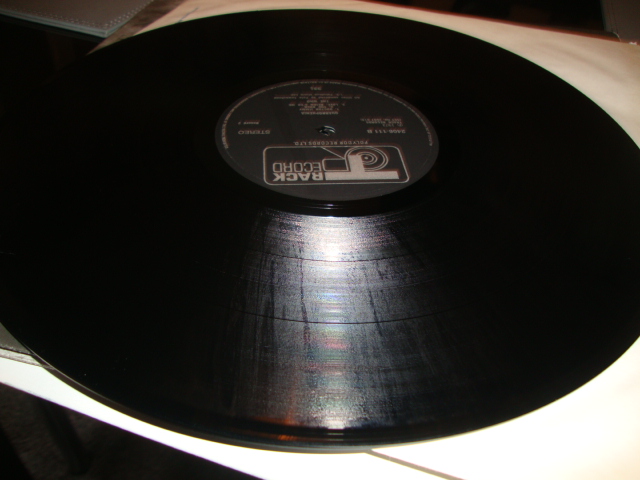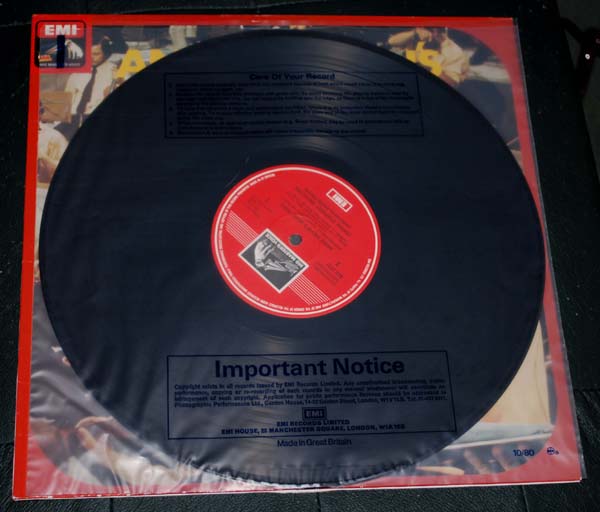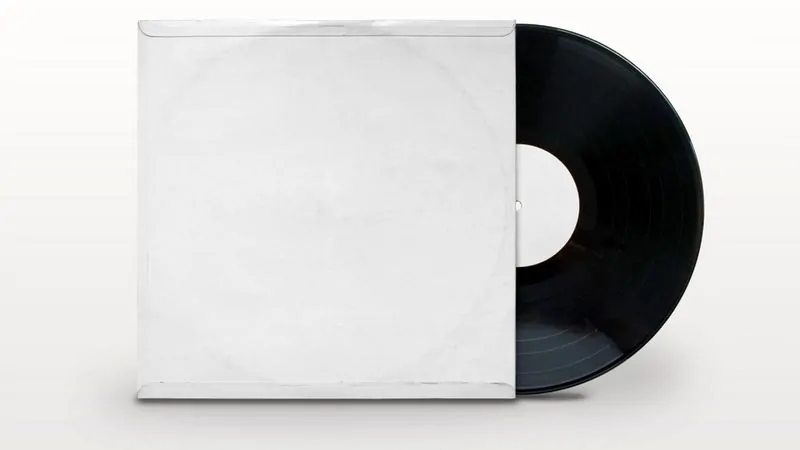Does Pvc Seeve Damage Vinyl
The destructive material is polyvinyl chloride pvc or more commonly known as vinyl.
Does pvc seeve damage vinyl. Pvc stands for polyvinyl chloride. All records were stored. Some plastics can damage your items. And then only if there s enough records in each set to be valid.
Nagaoka 102 inners are made of polyethylene not pvc at least those purchased in this century afaik. I have replaced all my pvc sleeves with softer poly covers after damage to many records. I ve recieved 3 records housed in those thick pvc outer sleeve as pvc used for housing books at public librairies. But that s not quite enough to say the cause is related to pvc sleeves.
In fact some sheet protectors binders photo enclosures and photo corners will eventually damage your memorabilia more than if you had not used plastic protection or enhancement at all. An outer pvc sleeve that is deteriorating can damage the vinyl it does not matter if the vinyl is in a jacket and inner sleeve. Any copies stored in it will have suffered this type of damage. They shouldn t damage your records i have hundreds of them and still not a single one with damage.
Most show the problem. Only if the set of records that show the problem is the same as those stored in pvc sleeves and vica versa can that be said. In severe cases it looks like tiny green blobs on the surface of the coin. I said transfer of plasticizer was likely to occur by direct contact.
2 records sounds fine but the one pictured below has a very loud shhhhhhhh hiss sound and the vinyl looks unsual. This record have still its shrink wrap on it which looks quite. I remember 4ad sending out the promo red vinyl 12 of dead can dance s nierika below in such a sleeve. Most in pvc sleeves.
The outer sleeves have wavy deformation. Pvc damage appears as greenish milky or grey streaks or haze. As you said the nagaoka sleeves does not damage your records and is perfectly safe. It is an additive used in plastics to make the material more pliable and less brittle in coin collecting pvc is most frequently encountered in the clear plastic flips in which coins are stored.



















